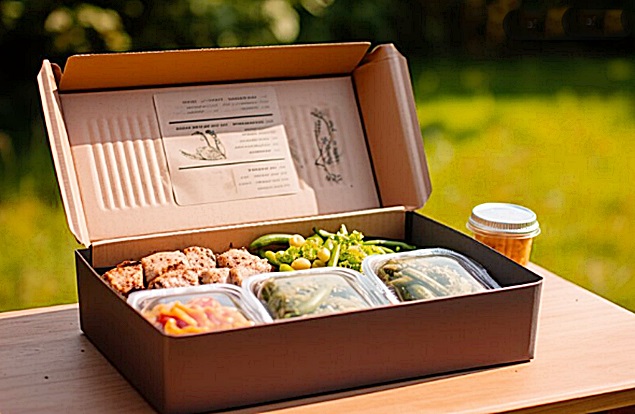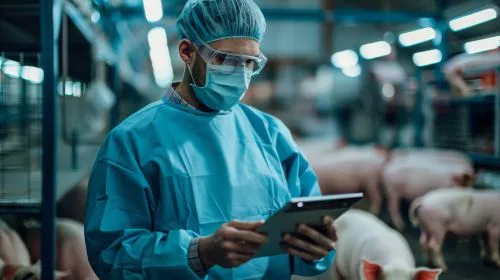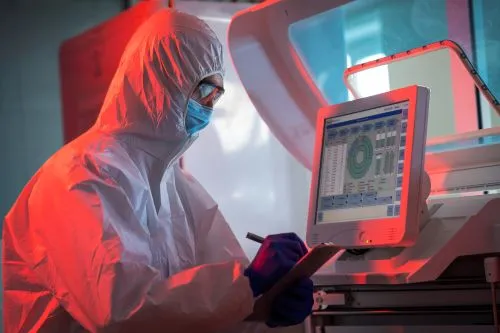1359

Sustainable Packaging No Longer Niche—But Scaling Up Remains a Challenge. Can the 2025 Rethinking Materials Summit Turn Biochemical and Biomaterial Breakthroughs into Market Solutions?
The Perennial Problem: Cost
As the food packaging sector increasingly pushes for greener alternatives, biochemicals and biomaterials are taking center stage in the race toward sustainable innovation. Yet their high cost remains one of the main barriers to large-scale adoption.
Jen Vanderhoven, Chief Operating Officer at the Bio-based and Biodegradable Industries Association (BBIA), is uniquely positioned to tackle this issue head-on.
With a focus on upstream innovation—from material selection to end-of-life design—she offers grounded insight for future-ready companies across packaging, textiles, durable goods, and hygiene sectors.
Breaking the Cost Barrier
“We have the science, we have the start-ups, and we have the commitment to producing bio-based chemicals and plastics,” Vanderhoven explains. “But the main problem right now is: how do we overcome the cost barrier?”
The challenge? Fossil-based products remain cheap and abundant, making it difficult for sustainable options to compete—even when consumer awareness around environmental impact is growing.
“We need to make sustainable materials not just the right choice—but the obvious choice,” she emphasizes. “And our panels bring together a wide spectrum—venture capitalists, material innovators—because the real goal is to understand why this cost barrier exists and how we solve it.”
From expensive raw materials to the complexities of high-tech manufacturing and fossil fuel subsidies that artificially keep conventional plastic costs low, Vanderhoven sees a tangled web of structural issues delaying the green transition.
“At the end of the day, even if people want greener options, in a cost-of-living crisis, are they really willing to pay more?” she asks. “Often, the answer is no.”
“We need to make sustainable materials not just the right choice, but the obvious choice.” — Jen Vanderhoven, BBIA
Policy Reform: A Key Lever
According to the Ellen MacArthur Foundation, up to 20 trillion flexible packaging items could end up in the ocean by 2040 unless stricter regulations and broader corporate action are implemented.
One of the clearest paths to lowering costs, says Vanderhoven, is rethinking the systemic incentives that currently favor fossil-based materials.
“We have to stop subsidizing fossil-based materials,” she urges. “Current policies—like plastic packaging taxes and extended producer responsibility—still favor incumbent products made from oil and gas.”
Even well-meaning policies—such as incentivizing biomass for energy production or sustainable aviation fuel—divert critical feedstocks away from high-value applications like food packaging and consumer goods.
“In the UK, most biomass goes straight into combustion rather than being used to manufacture lasting, high-value products,” she explains. “We need to rechannel it toward material innovation.”
Without a coordinated long-term strategy, innovation will continue to hit dead ends. “What we need is a bold plan that outlives political cycles—one that says, yes, biodegradable materials make sense, and here’s how we’re going to support them.”
Global Models for Inspiration
Other countries are leading the way:
- The U.S. BioPreferred Program stimulates demand for biodegradable products through public procurement.
- In France, public building projects must meet bio-based material quotas.
- Germany, Sweden, and the Netherlands are far ahead in implementing bio-based material mandates.
“The UK has some catching up to do,” Vanderhoven notes.
BBIA’s Role: Building Momentum
“Innovation alone isn’t enough—we need collaboration, commitment, and investment to make sustainable packaging the norm.”
As BBIA’s COO, Vanderhoven works closely with nearly 80 organizations working to commercialize bio-based and biodegradable products across the UK and Europe.
“We exist to shape better policy, support innovation, and give the sector a stronger voice,” she says. “Connecting innovators with policymakers, industry leaders, and investors is key to creating real market opportunities.”
She’s especially excited about the diversity of companies joining her panel on May 13.
One highlight: Holiferm, represented by COO Richard Lock, produces bio-surfactants—key ingredients in shampoos and cleaners—from biomass instead of fossil oils. “They’ve gone from academic research to commercial production. It’s a great success story.”
Another standout is Rubi Labs, using captured CO₂ as a raw material to create bio-based fibers and materials—a direct approach to reducing carbon emissions.
“These are the kinds of real-world, pioneering solutions we’ll be discussing,” says Vanderhoven. “Not futuristic concepts—but products scaling today and addressing real-world challenges.”
The PFAS Problem
As sustainable packaging conversations accelerate, so does scrutiny of toxic legacy substances like PFAS—“forever chemicals” linked to cancer, liver and heart damage, and developmental harm in children.
“We absolutely want to ensure that new bio-based materials don’t carry toxic legacies,” Vanderhoven stresses. “That’s why strict regulations exist, especially for food-contact applications.”
In the UK, materials must pass REACH regulations, which include extensive safety testing. Vanderhoven is optimistic that emerging materials can avoid the mistakes of the past—but insists on ongoing vigilance.
Who Should Join the Conversation?
According to Vanderhoven, the upcoming session will offer value to a wide array of stakeholders.
“Anyone already producing bio-based materials or curious about their environmental and economic benefits should attend,” she says. “Investors, sustainability leaders, innovation teams—there’s something for everyone.”
Beyond group sessions, the Rethinking Materials Summit will feature tailored networking, start-up showcases, live pitches, and a 1-on-1 meeting app—all designed to turn inspiration into action.
“Innovation alone isn’t enough,” Vanderhoven concludes. “We need collaboration, commitment, and investment to make sustainable packaging the standard—not the exception. Events like Rethinking Materials are where real momentum begins.” (Photo: Freepik)




